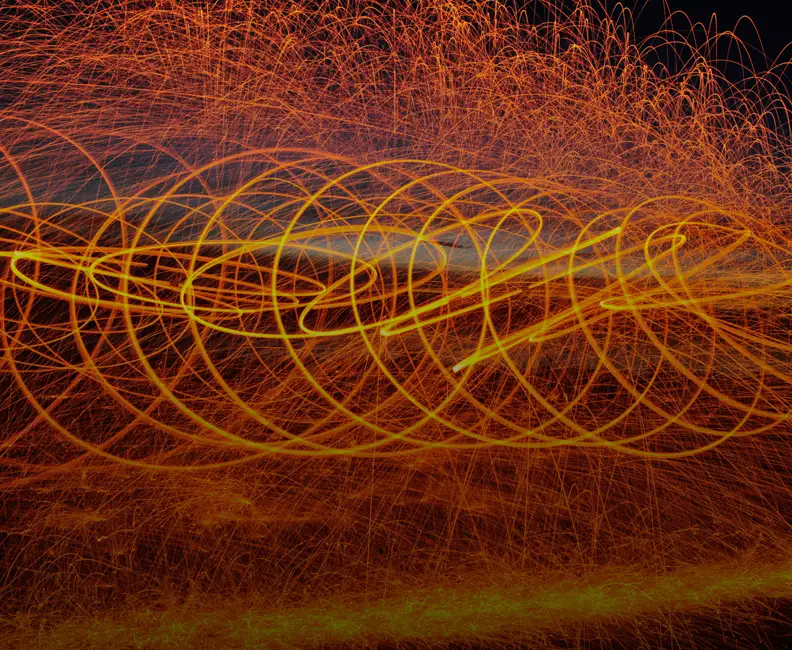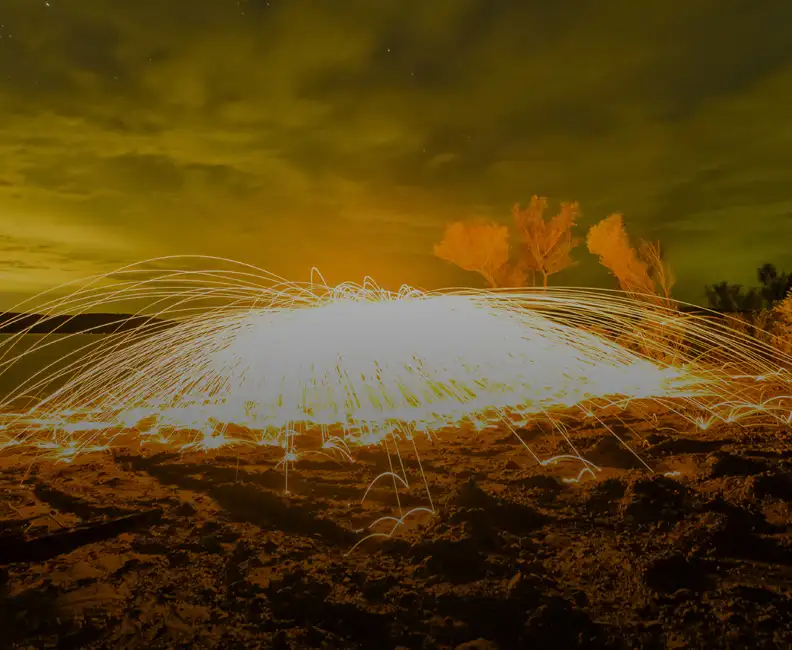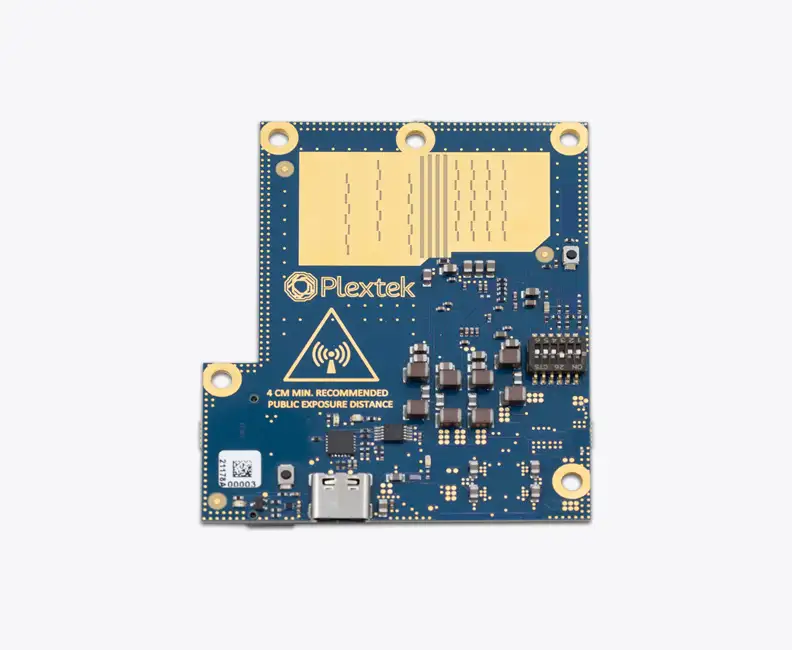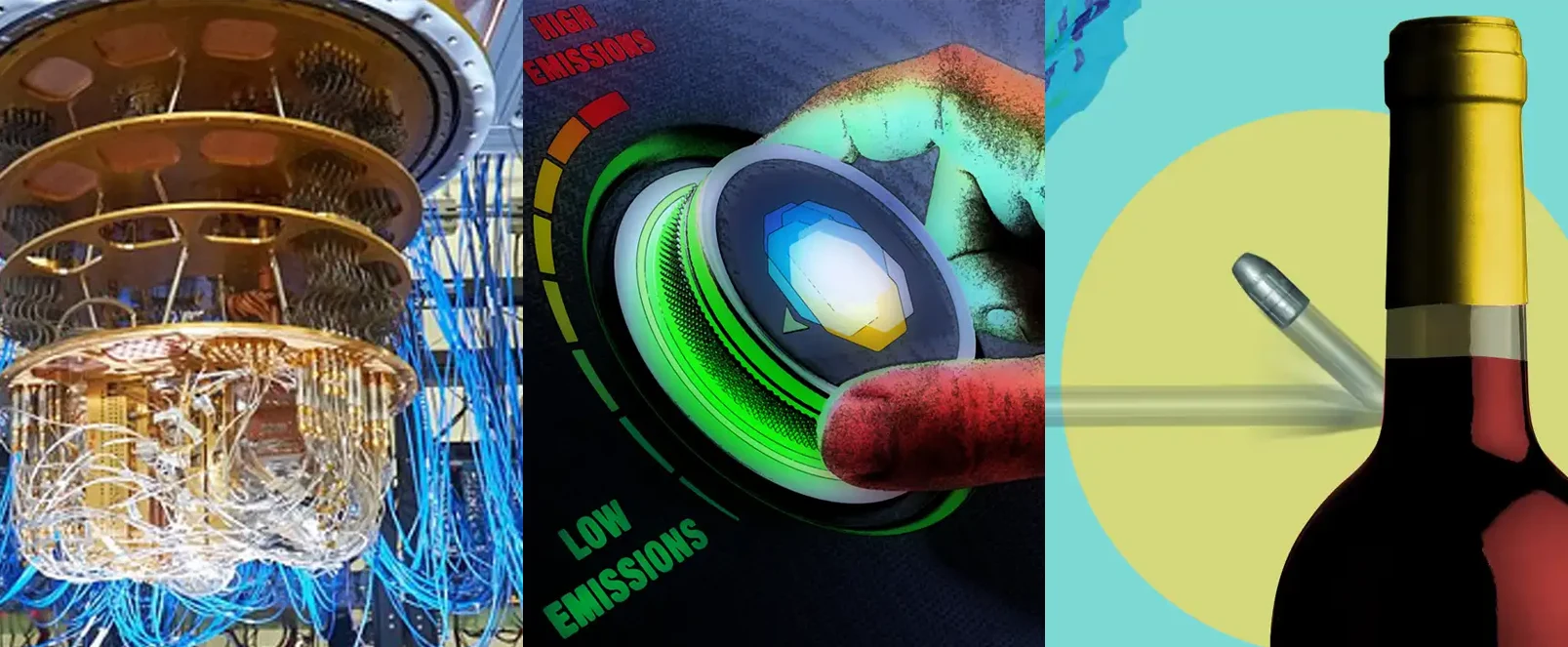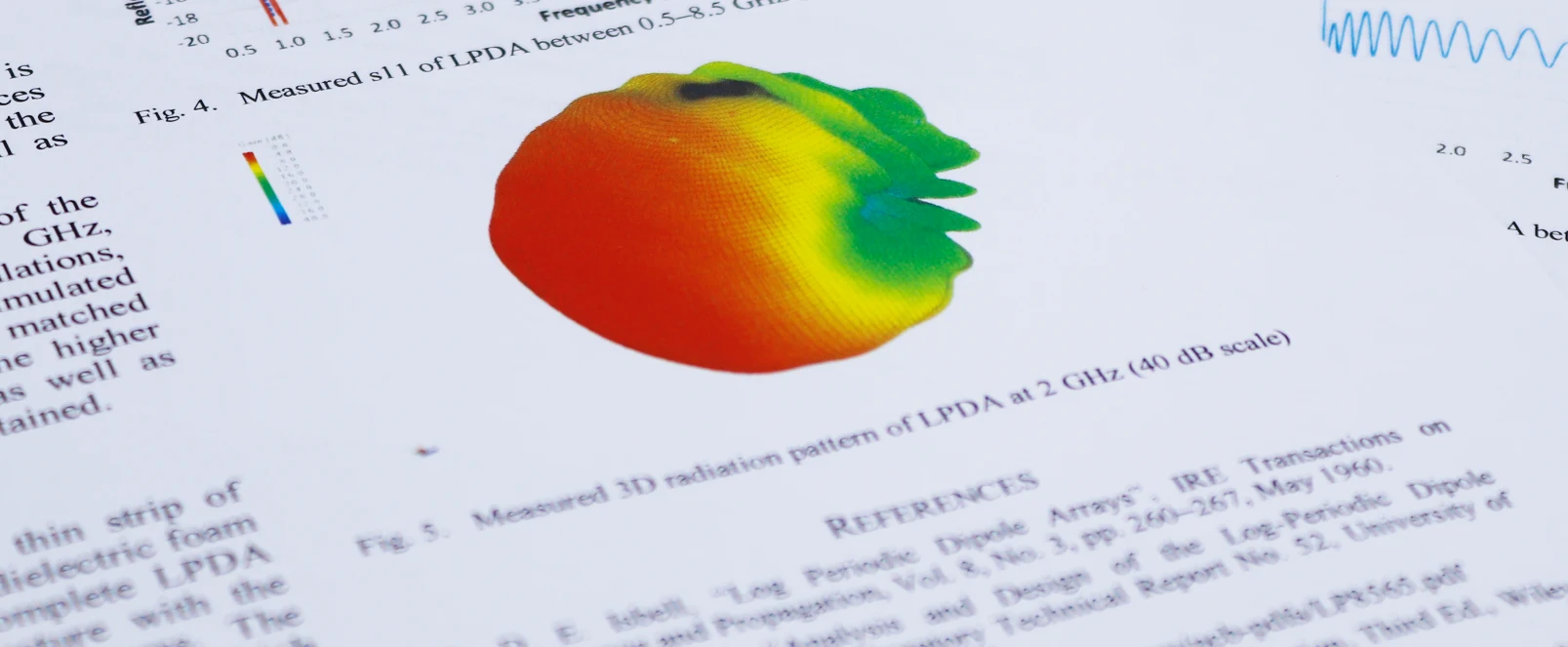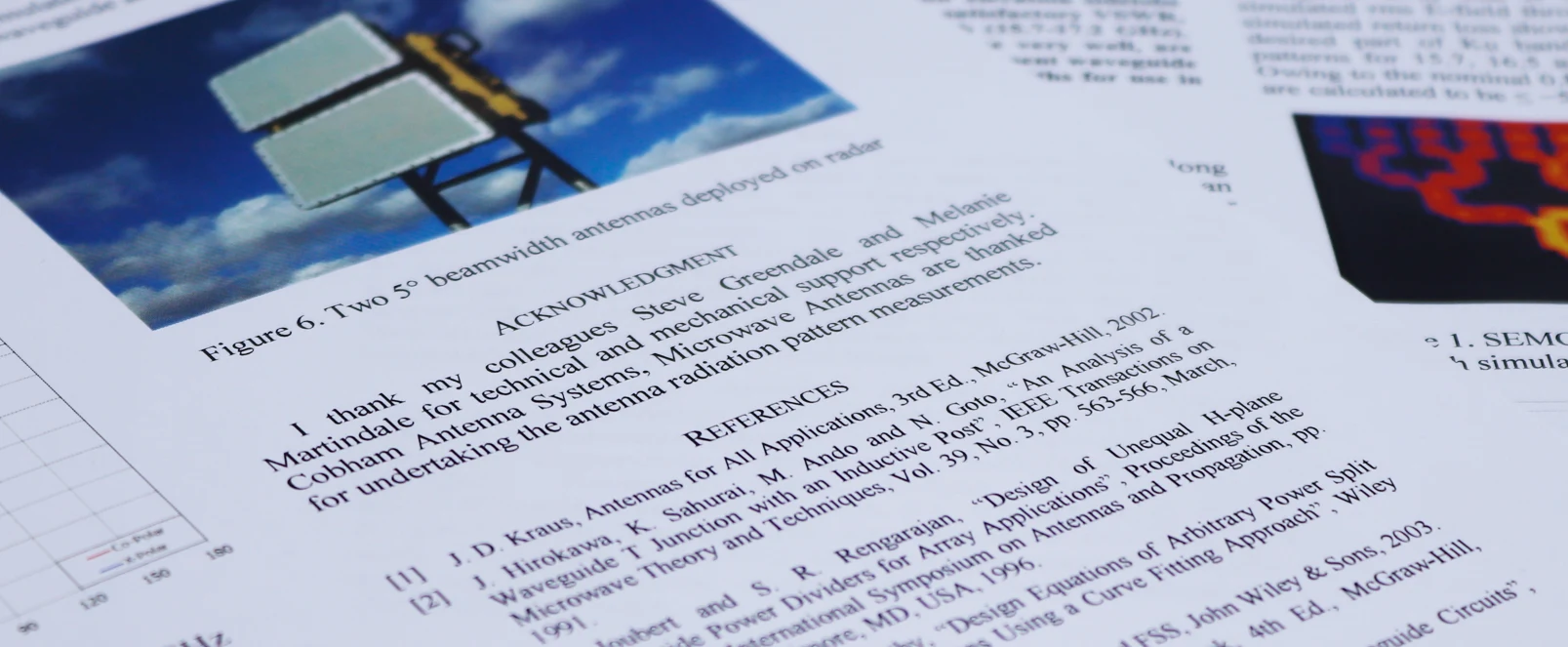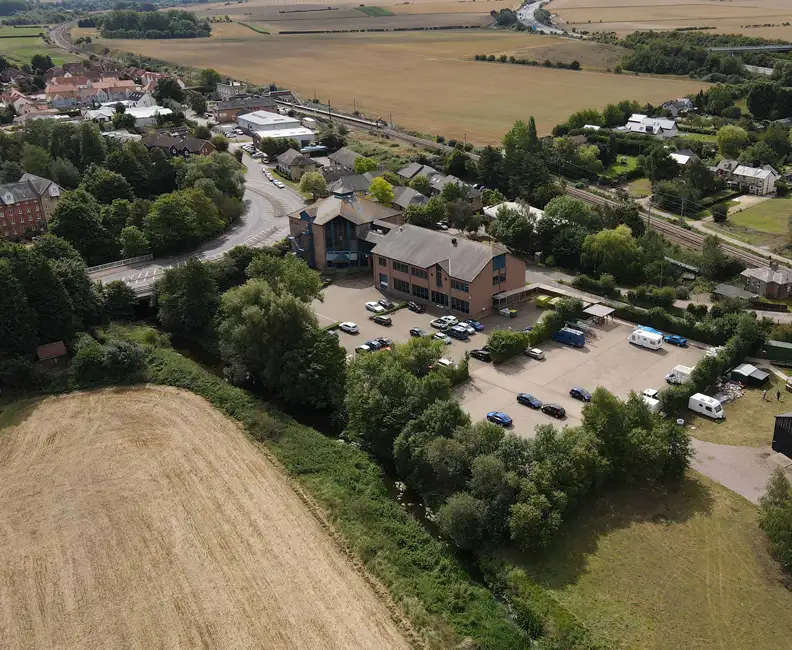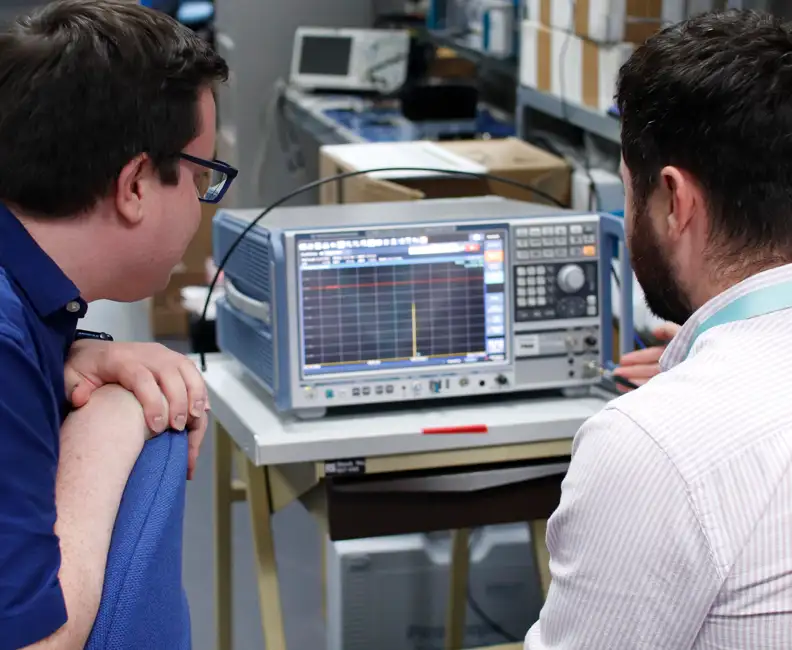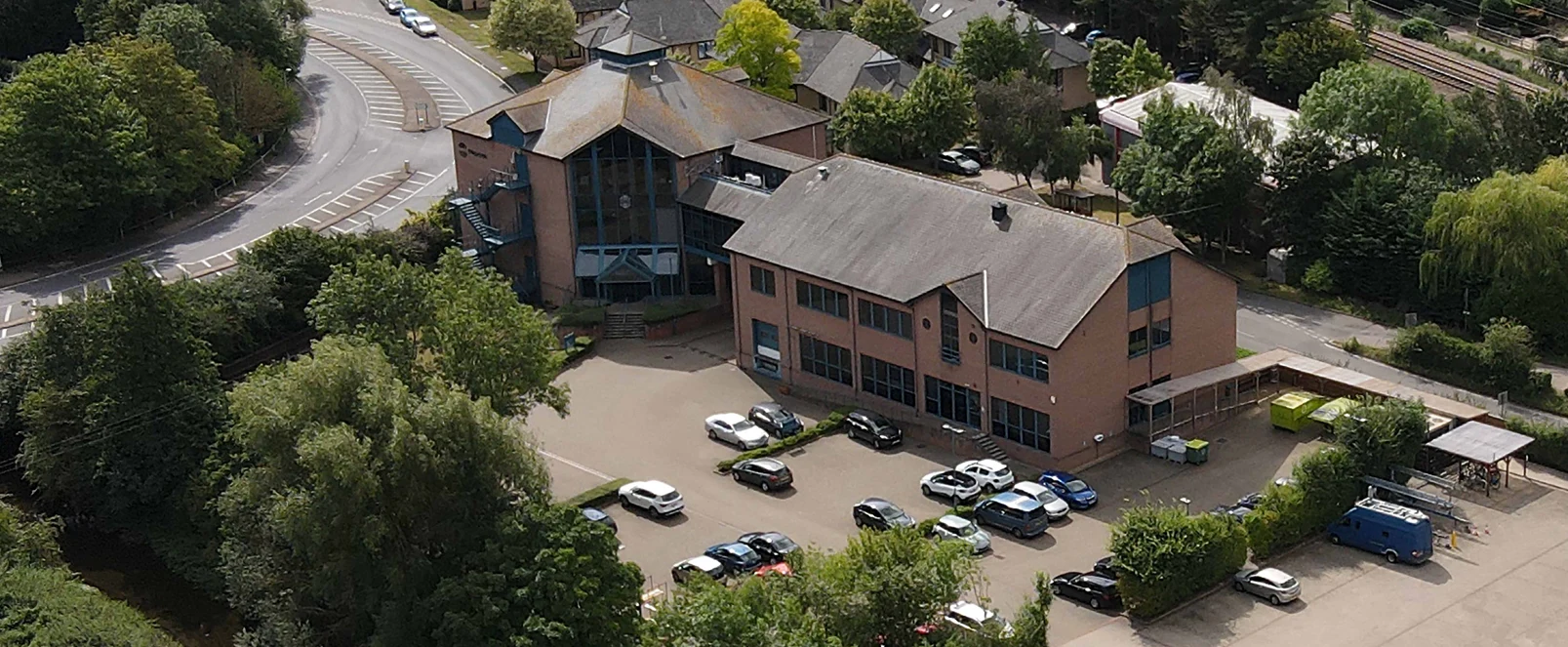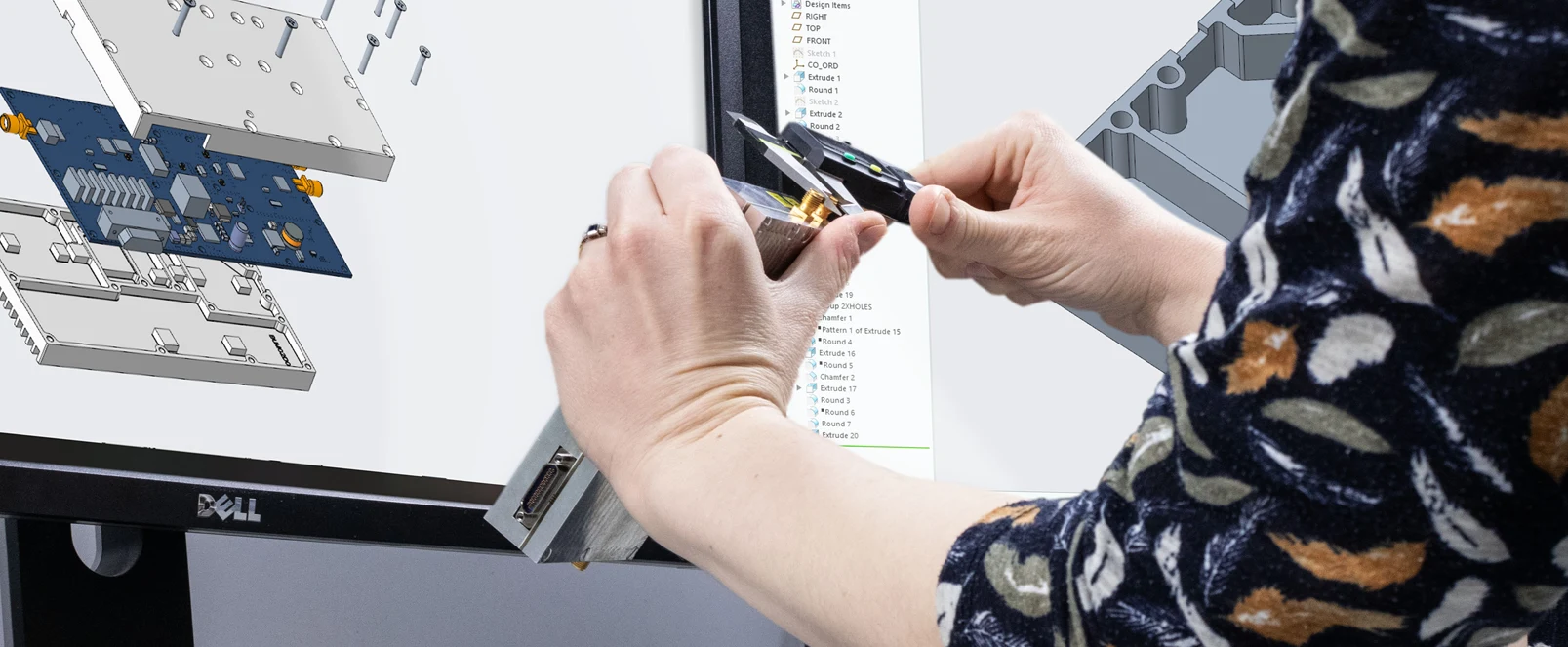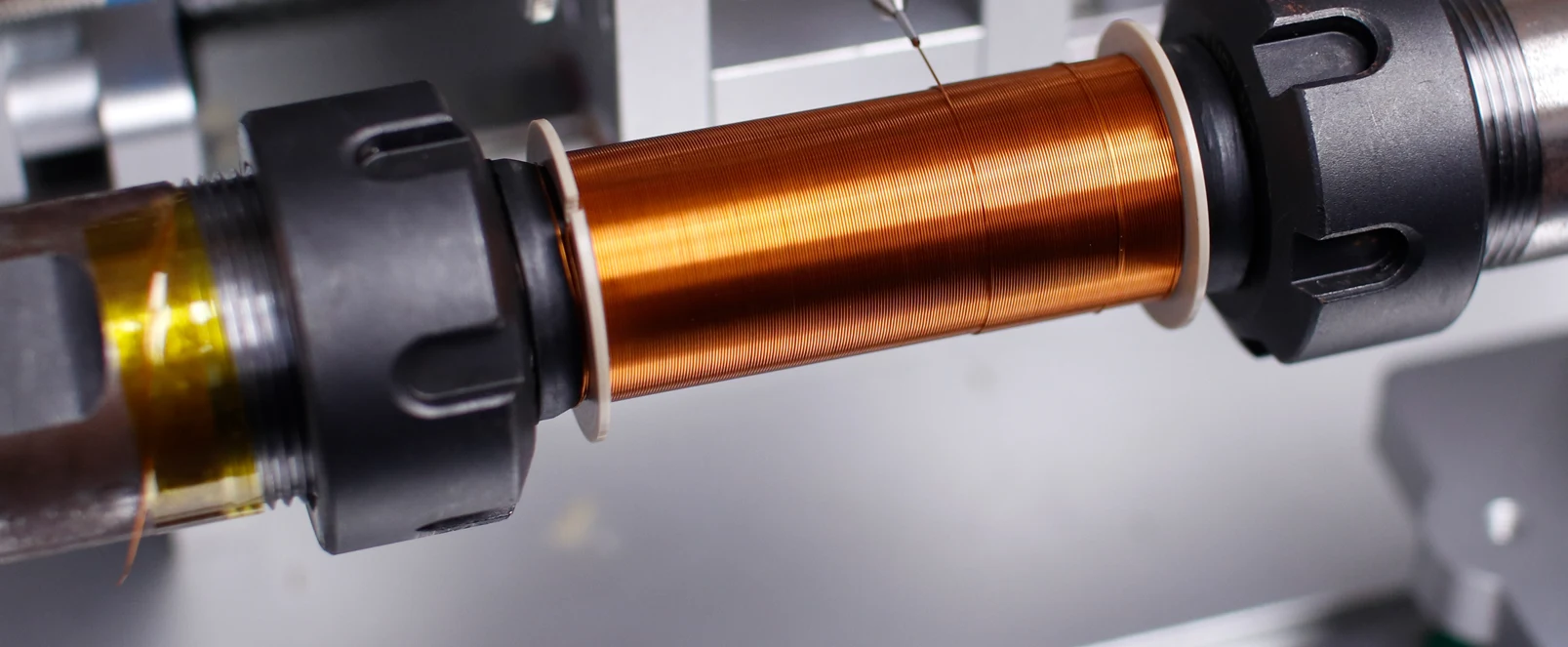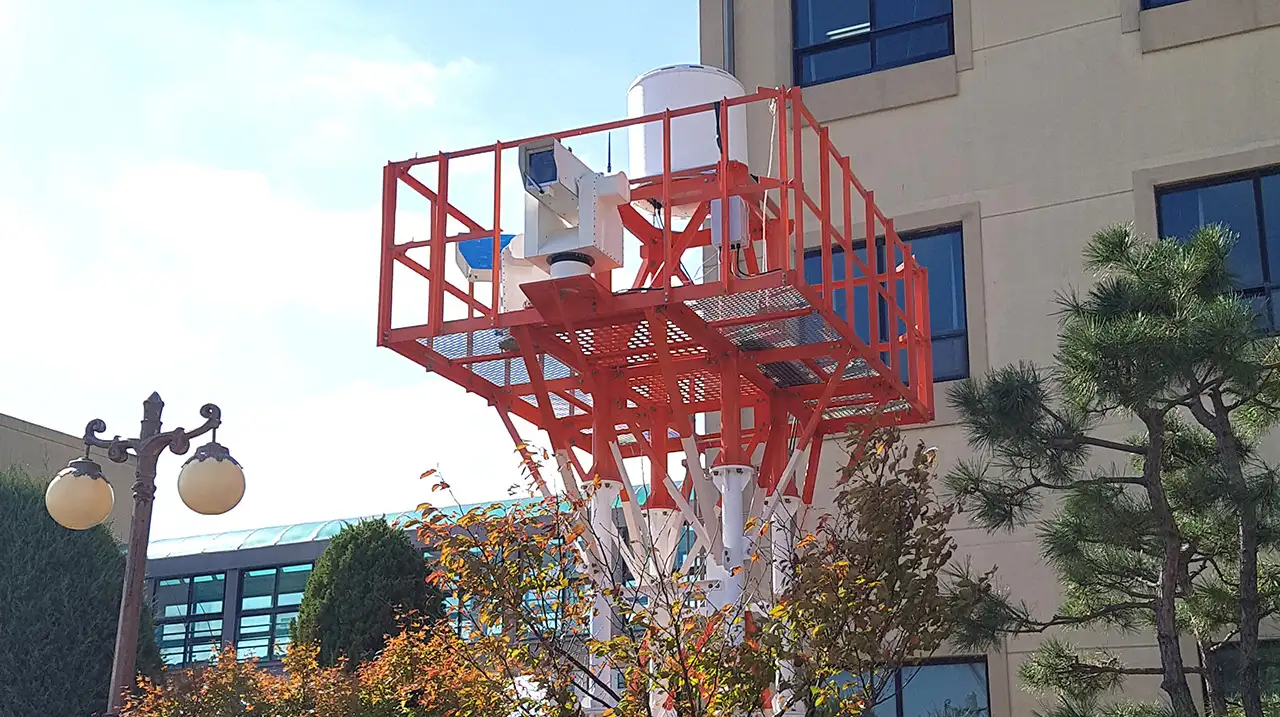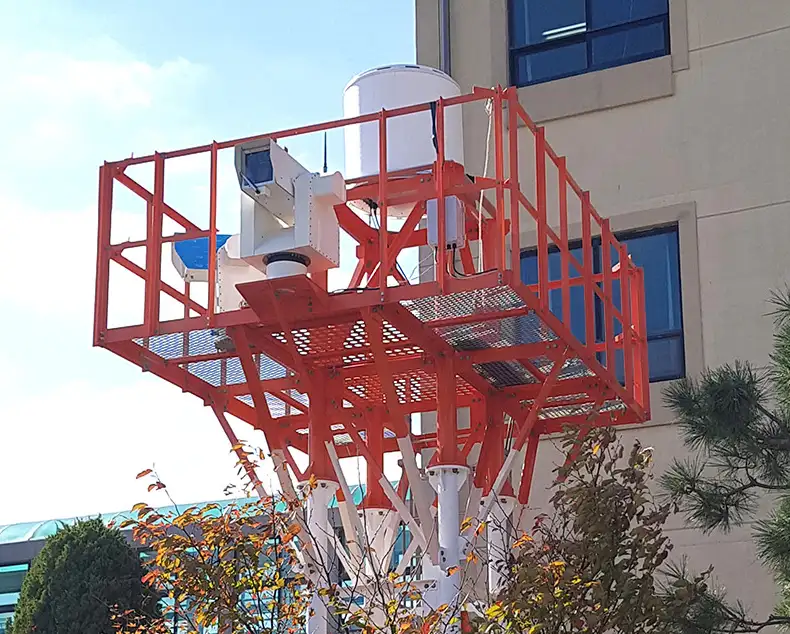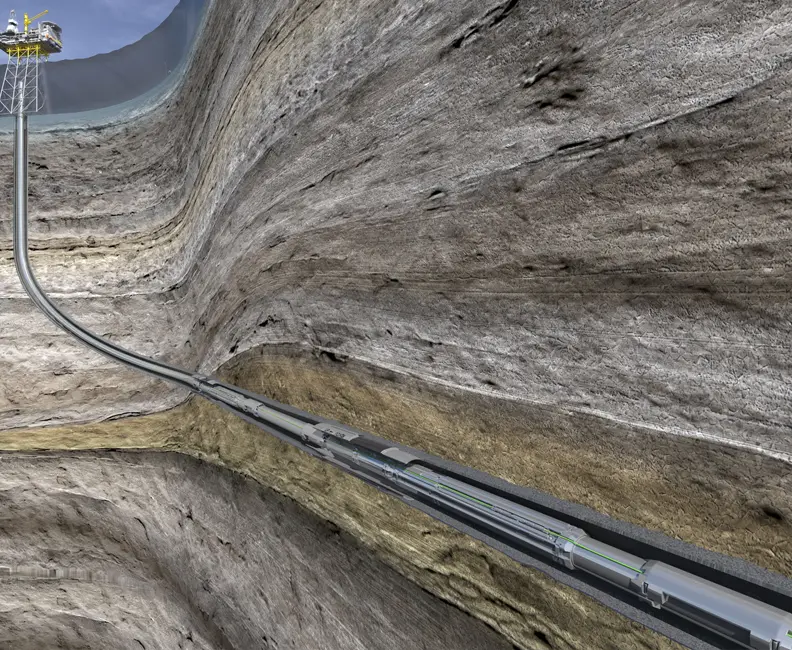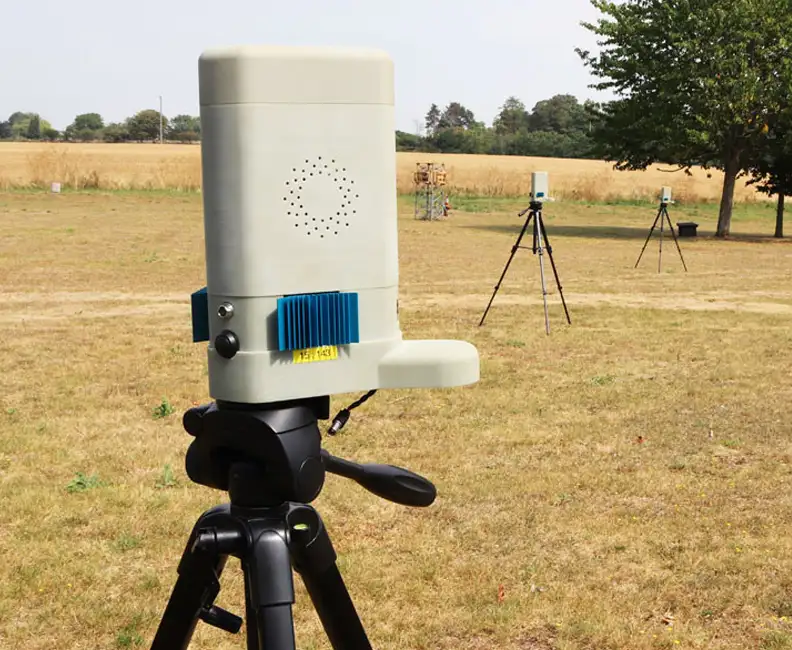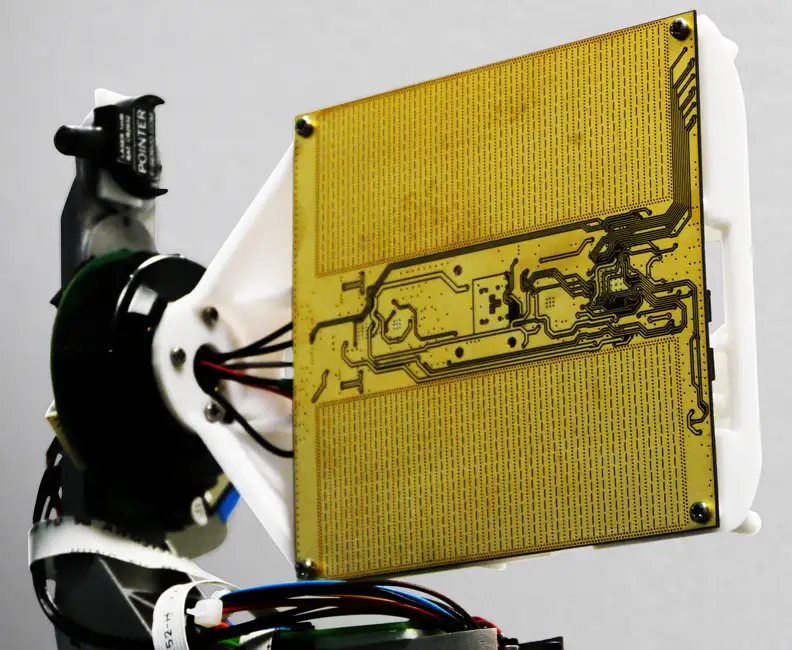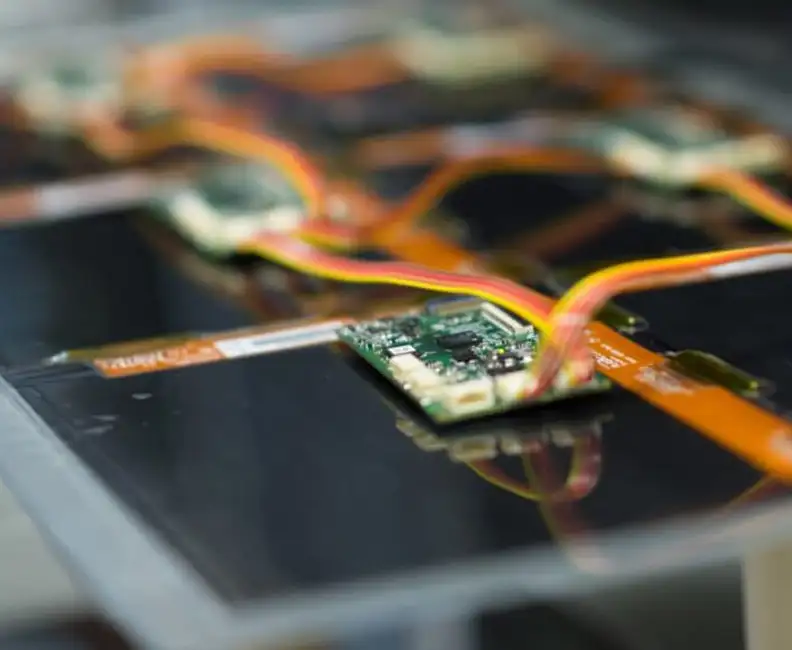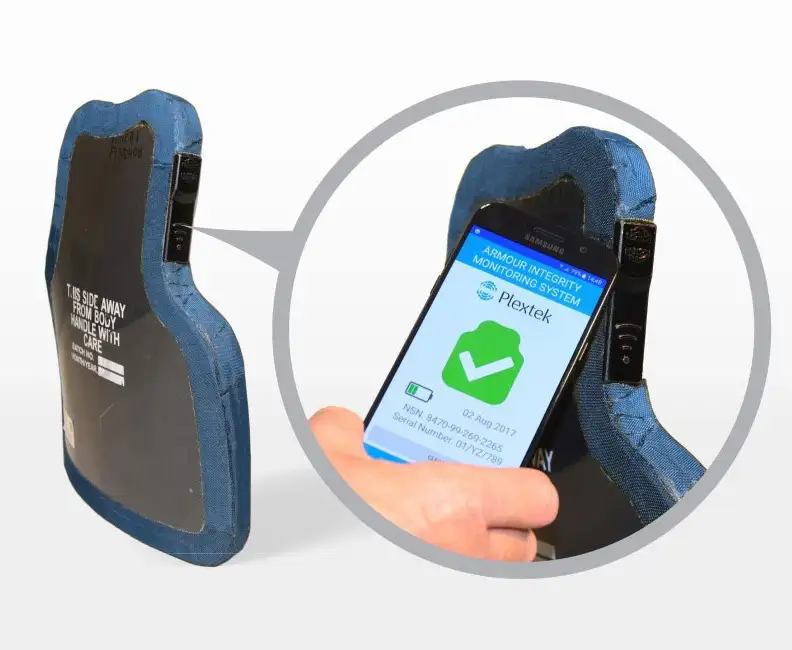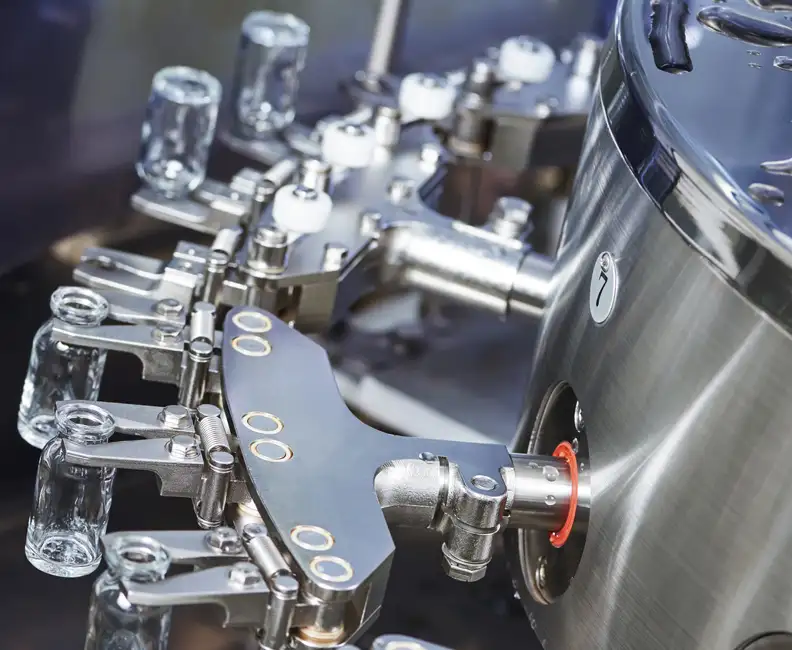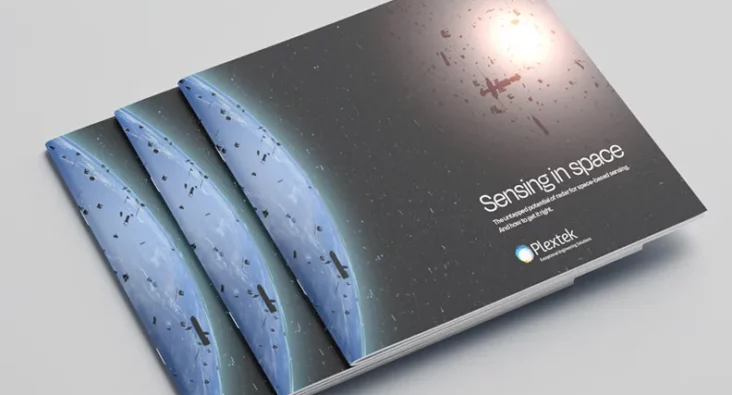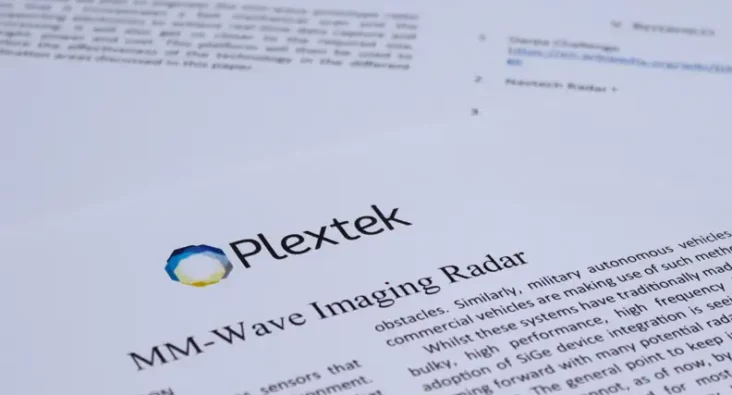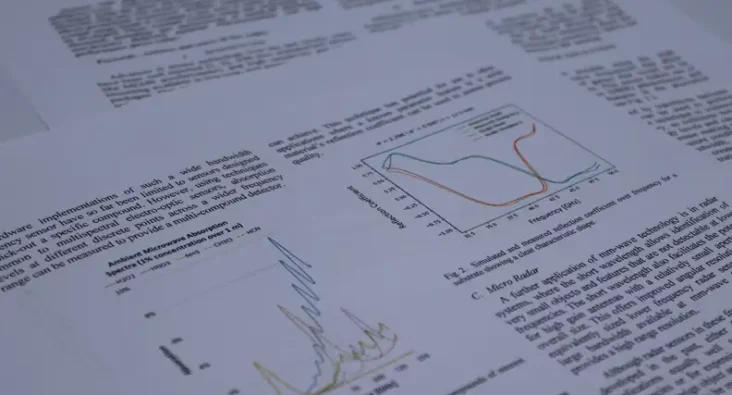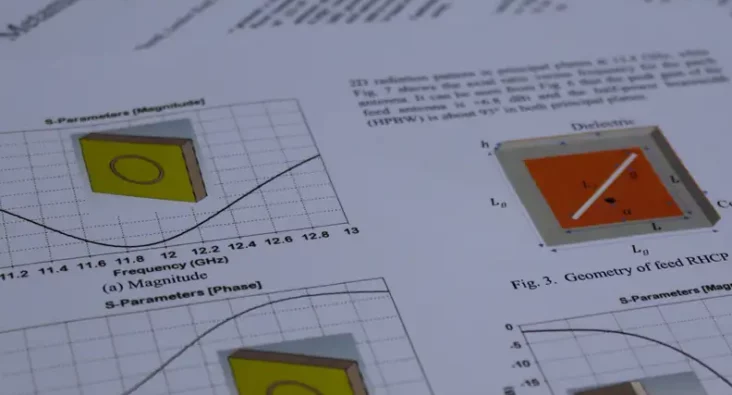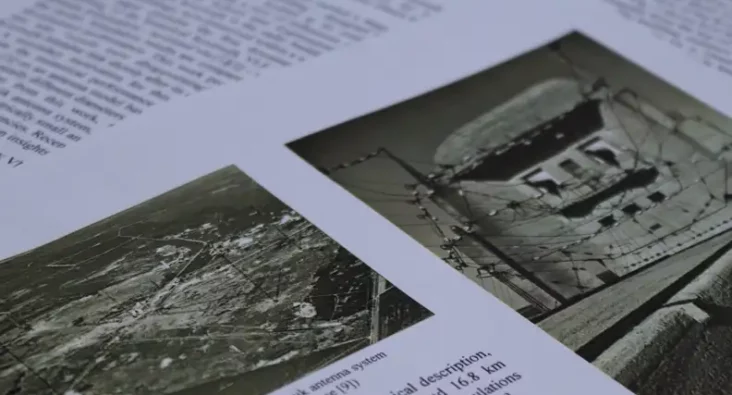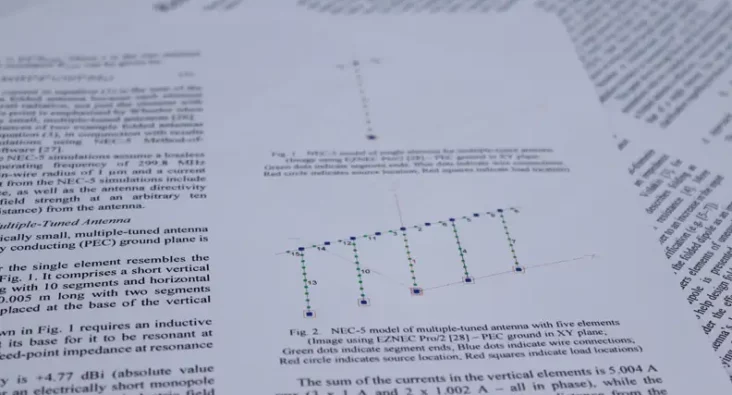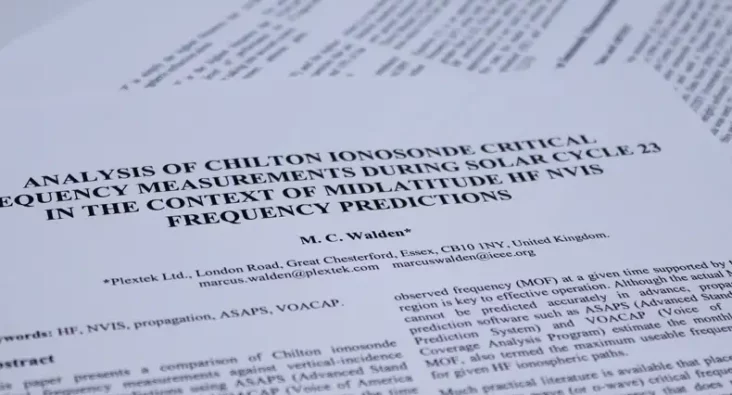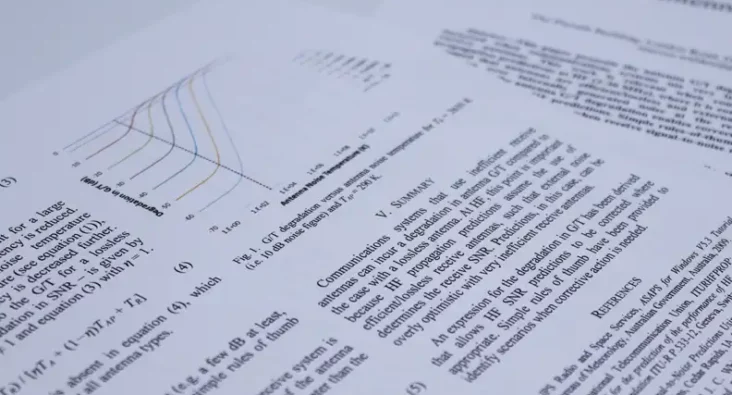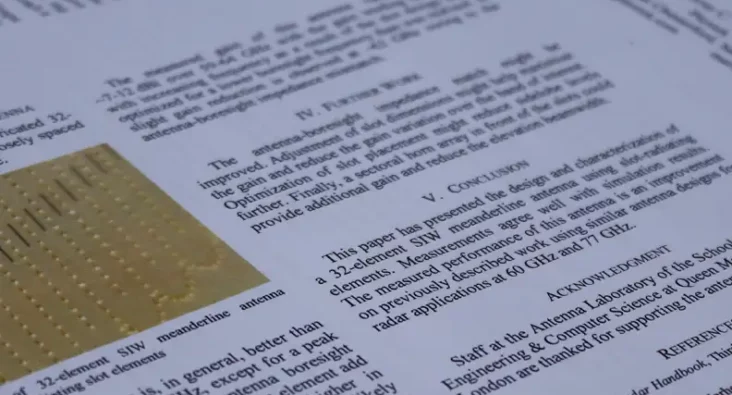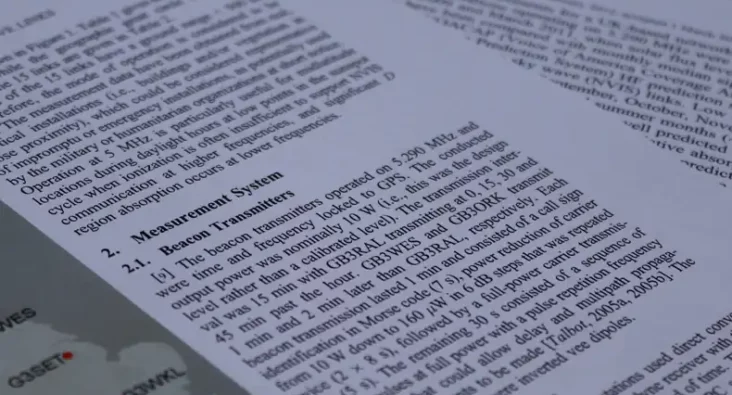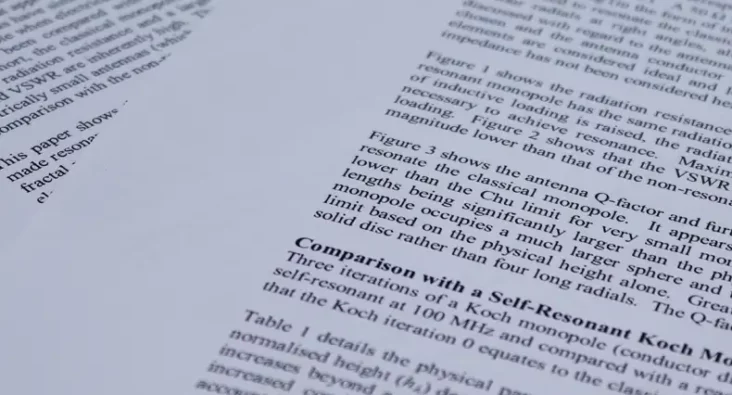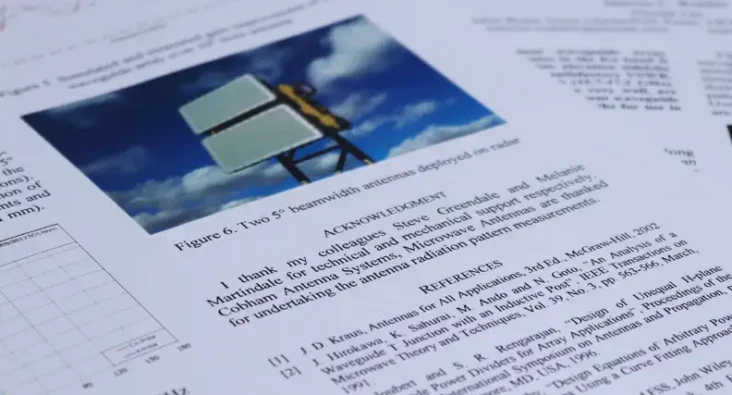The Challenge
Ensuring runways are clear of Foreign Object Debris (FOD) is paramount in the aviation industry. Even small amounts of debris can enter an engine intake leading to critical damage to the aircraft.
Traditional methods of visual inspections are time-consuming, prone to human error, and limited in their effectiveness, leading to potential safety hazards and operational disruptions. We were challenged with developing a FOD detection radar to enable the rapid and automated detection of FOD on runways at a South Korean airport.
To tackle this challenge, our company partnered with WaveTech, a South Korean signal processing component manufacturer, to develop an innovative FOD radar solution. We developed a novel mmWave radar solution which enabled rapid and reliable detection of small debris on a runway, such as nuts and bolts, at stand-off ranges of many hundreds of metres. The solution reduces the time taken to inspect for FOD and through use of automation reduces the human burden and operator fatigue.
The Approach
Our studies into mmWave radar enabled us to produce a dual fixed and mobile antenna solution capable of detecting objects and movements from a fixed radar at 400 m range.
Plextek designed and mounted a fixed antenna along the runway for stationary scanning and detection. A mobile system, a 300 mm antenna for rapid rotation, was also delivered and was designed to be mounted onto the roof of a vehicle to scan the runway while moving.
Enhancing the situational awareness of the technology required utilising advanced signal processing algorithms to discriminate between wanted and unwanted signals and to separate detection of targets in close proximity to each other.
The Outcome
Our mmWave radar solution was able to deliver 100% target illumination results in early-stage development tests, displaying accuracy and detection equivalent to a single fixed antenna.
The advanced design enabled our client to produce highly accurate FOD results with reduced deployment costs and time to market.
Technical Specifications
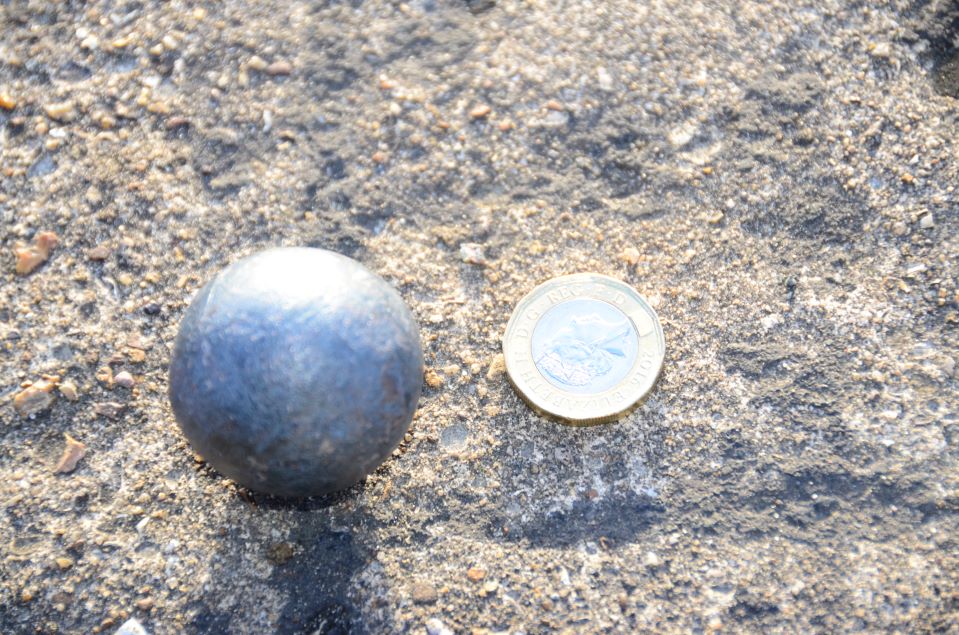
| Criteria | Fixed FOD Detection System | Mobile FOD Detection System |
| Location Accuracy (Range) | 1 metre | 1 metre |
| Minimum detection size* | 2.5 cm object | 2.5 cm object |
| Detection Probability | >95% | >95% |
| Detection Time | Within 1 minute | Real time |
| Detection Range | >400 m | 100 m |
| Field of View | 180 degrees | 70 degrees |
| Operating Frequency | 78-81 GHz | 78-81 GHz |
| Operating Temperature | -32 to 50 C | |
| IP Rating | IP 65 |
*dBm2 -30
Downloads
View All Downloads- PLX-T60 Configurable mmWave Radar Module
- PLX-U16 Ubiquitous Radar
- Configurable IOT Framework
- MISPEC
- Cost Effective mmWave Radar Devices
- Connected Autonomous Mobility
- Antenna Design Services
- Drone Sensor Solutions for UAV & Counter-UAV Awareness
- mmWave Sense & Avoid Radar for UAVs
- Exceptional technology for marine operations
- Infrastructure Monitoring

